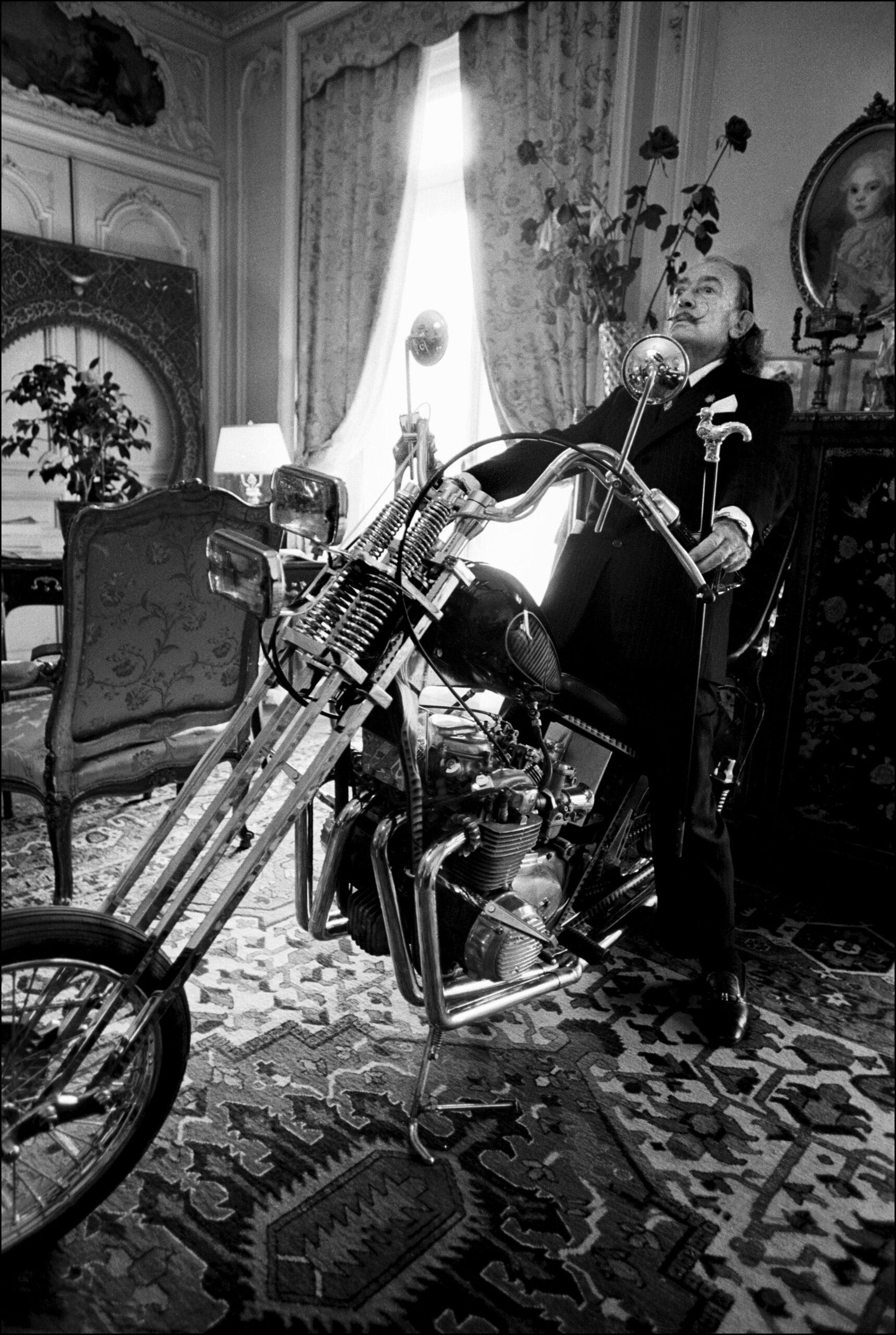Across from the manicured Tuileries Garden, a stone’s throw from the Louvre, and just a short walk from the Musée d’Orsay, Le Meurice is less a hotel than a quietly beating heart of Parisian culture. Built in 1835, this grande dame of the Rue de Rivoli has long been a magnet for the creatively inclined, and for good reason: it offers more than just proximity to the city’s greatest galleries, but also a kind of living gallery of its own. With a deep-rooted history and nearly two centuries as one of the city’s most famous hotels, the Parisian landmark does not need to compete with the modernity of city’s newer hotels. Rather, it emphasizes its past—and what a past it has.
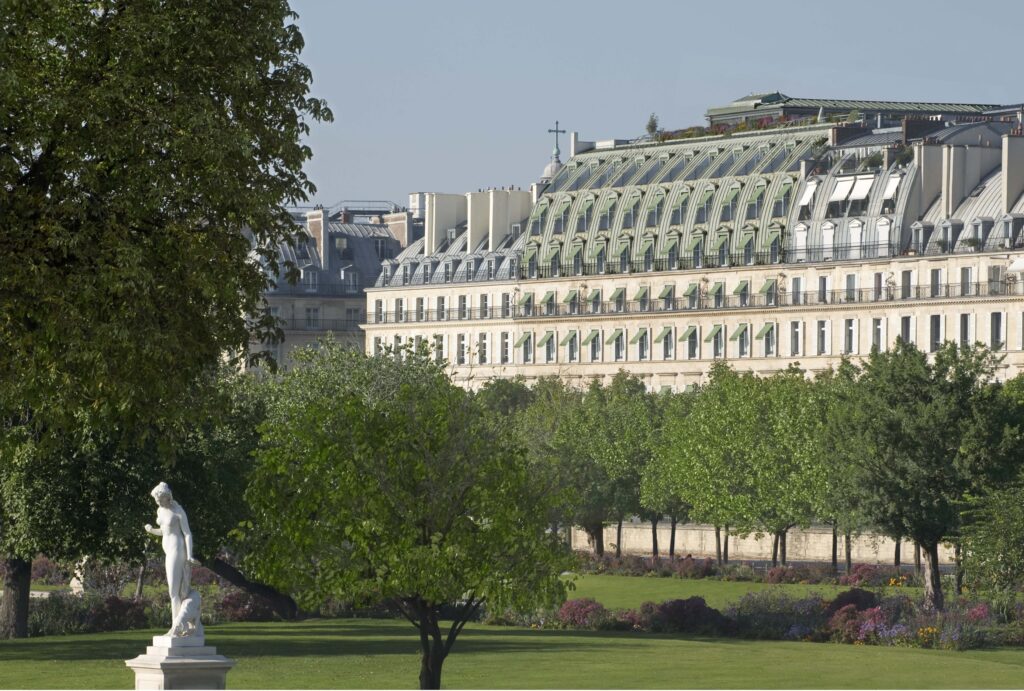
The hotel’s 160 rooms each channel the opulence of Louis XVI-era France, with gilded moldings, crystal chandeliers, and marble-clad bathrooms (the bathtubs are a particular highlight). Some rooms open onto private balconies with views of the Eiffel Tower or the sweeping green expanse of the Tuileries—making it difficult even for the most jaded travelers to scoff at the landmarks so often dismissed as “tacky” by those eager to prove their overfamiliarity with Paris. Inside, modern comforts are paired with classical grandeur—a dialogue between old and new that suits the hotel’s position between historic reverence and contemporary relevance.
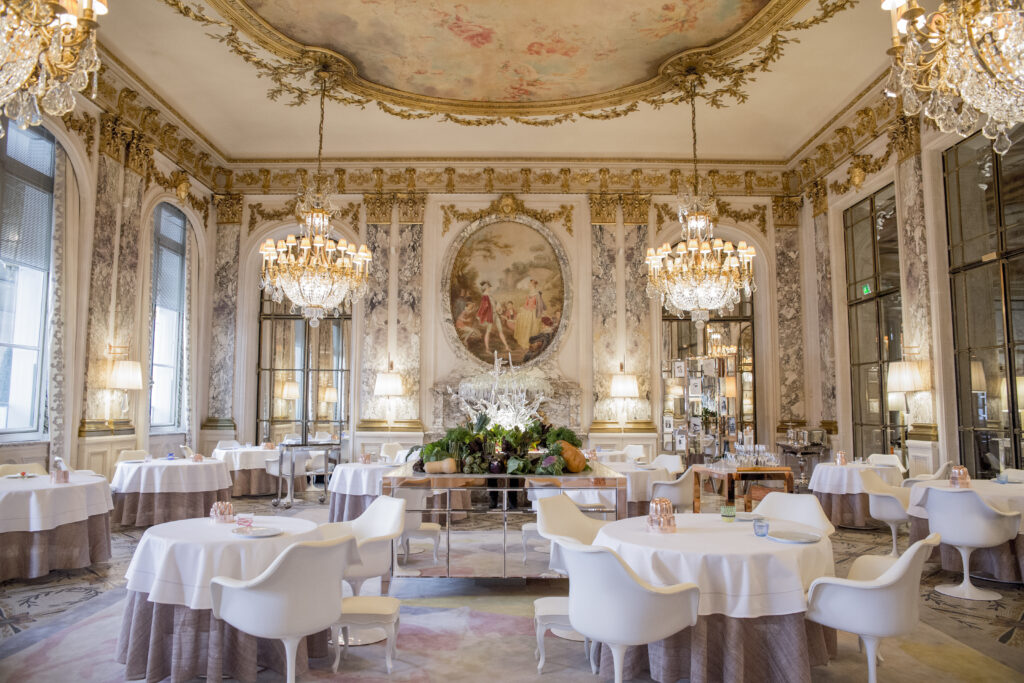
Much like its neighbor, the Louvre, Le Meurice has also played host to some of the most iconic names in art history. Chief among them was Salvador Dalí, who spent a full month each year at the hotel for over three decades. The Spanish surrealist adored Le Meurice for its peculiar blend of the regal and the absurd. Famously, he once requested a herd of sheep be delivered to his suite—and the hotel, ever obliging, complied. Today, Dalí’s legacy lingers not only in anecdotes (such as when his wild cat, an ocelot named Babou, escaped and had to be chased through the hotel’s regal hallways) but in details throughout the hotel, including the suite that now bears his name.
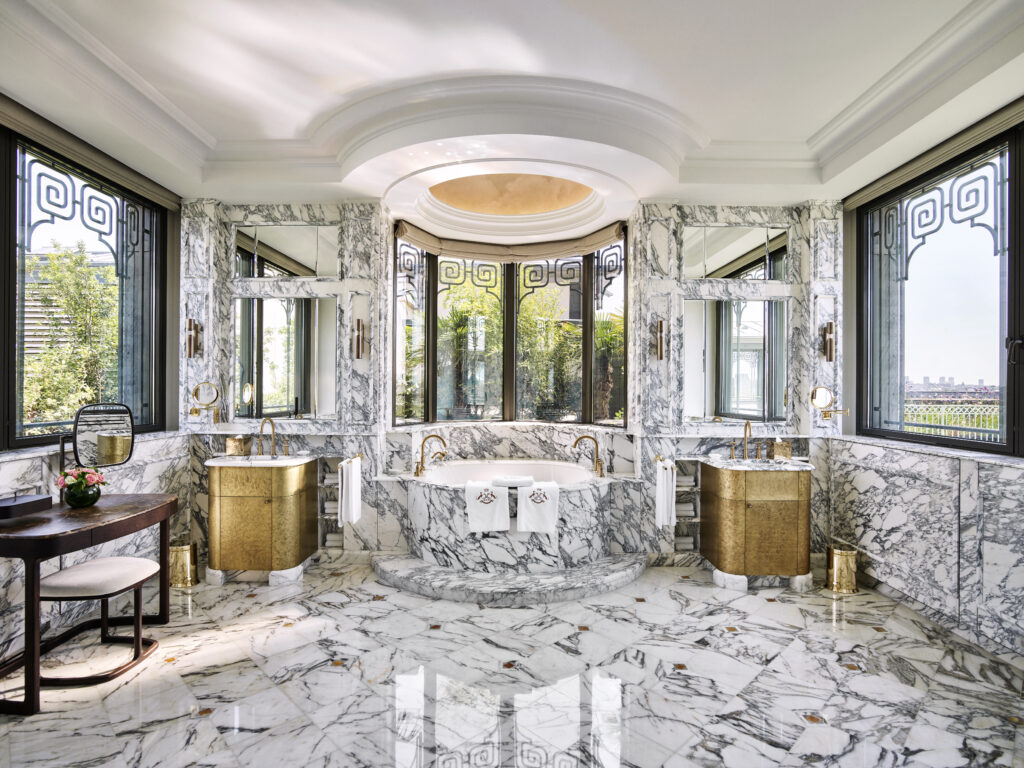
Dining, too, feels touched by artistry. Alain Ducasse’s two-Michelin-starred Restaurant le Meurice was inspired by the Salon de la Paix at Versailles, with mirrored walls and classic frescoes framing seasonal French cuisine. For a more casual encounter, guests often gather at Le Dali, a lounge-style restaurant beneath a ceiling mural designed by Ara Starck, daughter of the hotel’s interior designer Philippe Starck.
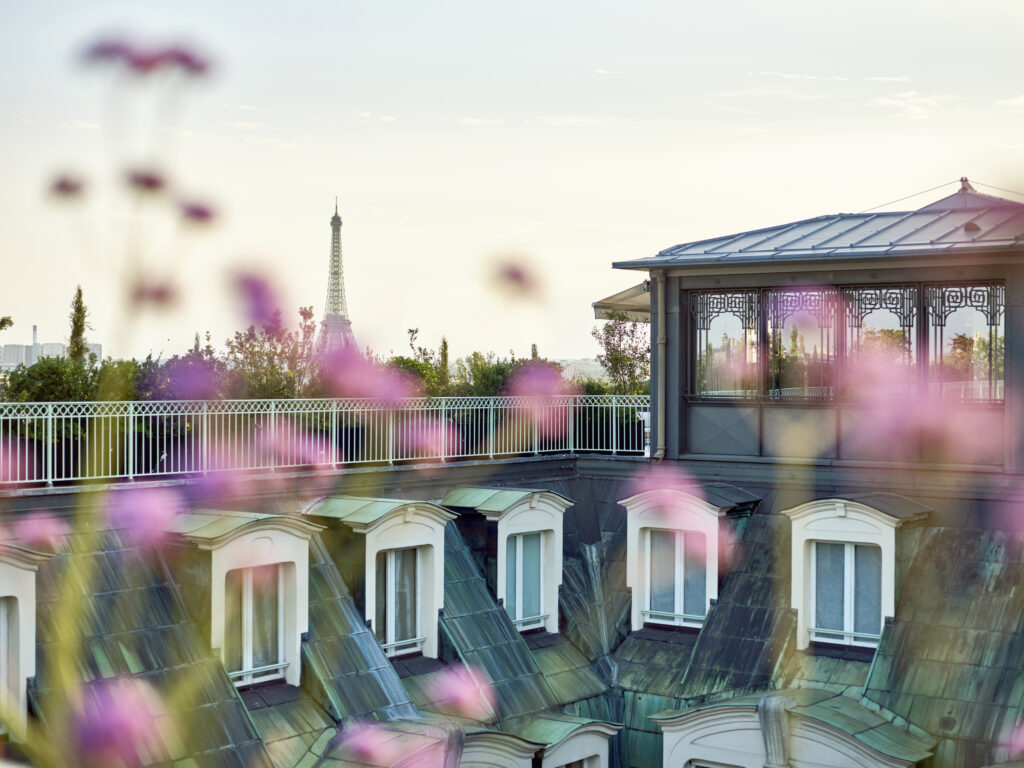
But what makes Le Meurice particularly beloved by art lovers isn’t just what’s inside—it’s what’s outside and all around. Step out the door, and you’re within walking distance of the Louvre, the Orangerie, the Jeu de Paume, and the Musée d’Orsay. Even the Centre Pompidou and Palais de Tokyo are a short taxi ride away. Few other hotels place you so squarely in the middle of Paris’s cultural constellation—something the hotel capitalizes on with its Belle Étoile suite, which offers panoramic views of the city’s most famous attractions.
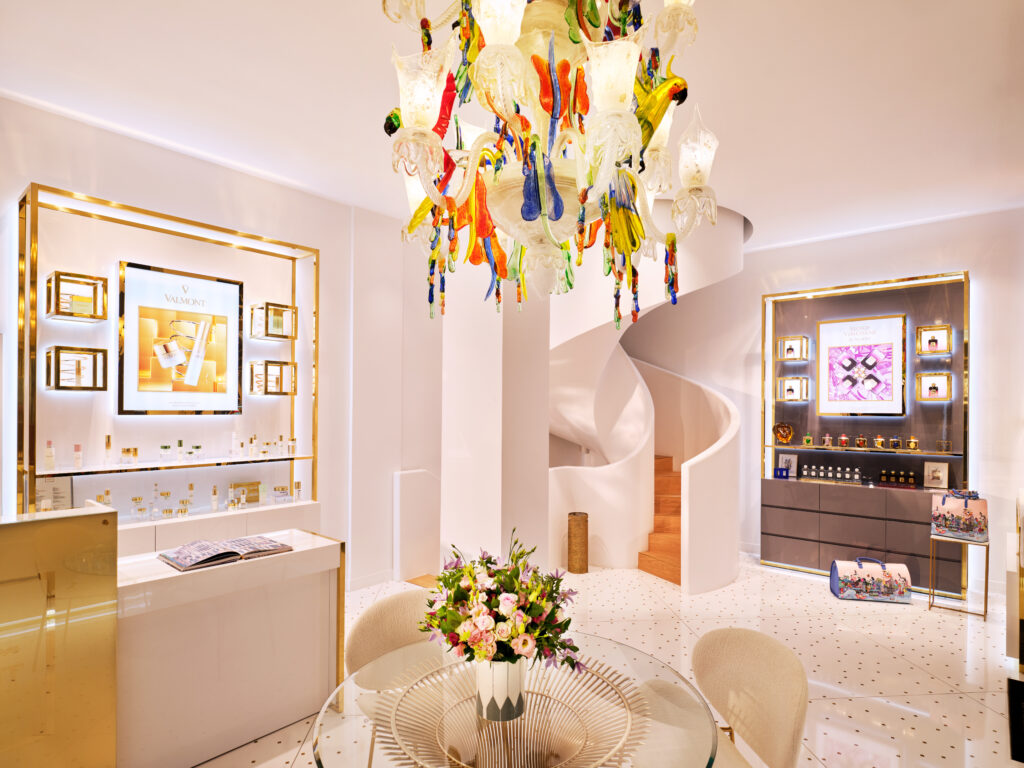
Even with all this, Le Meurice doesn’t shout its prestige. It’s quieter than some of its flashier counterparts, more discreet in its luxury. But for those who know—artists, curators, collectors, and curious wanderers—it remains one of the city’s most inspiring places to stay. Rather than riding the waves of trends and hospitality fads, this artistic mecca relies more on its strong foundation and heritage—two anchors that have kept it timeless in a city that’s constantly reinventing itself.
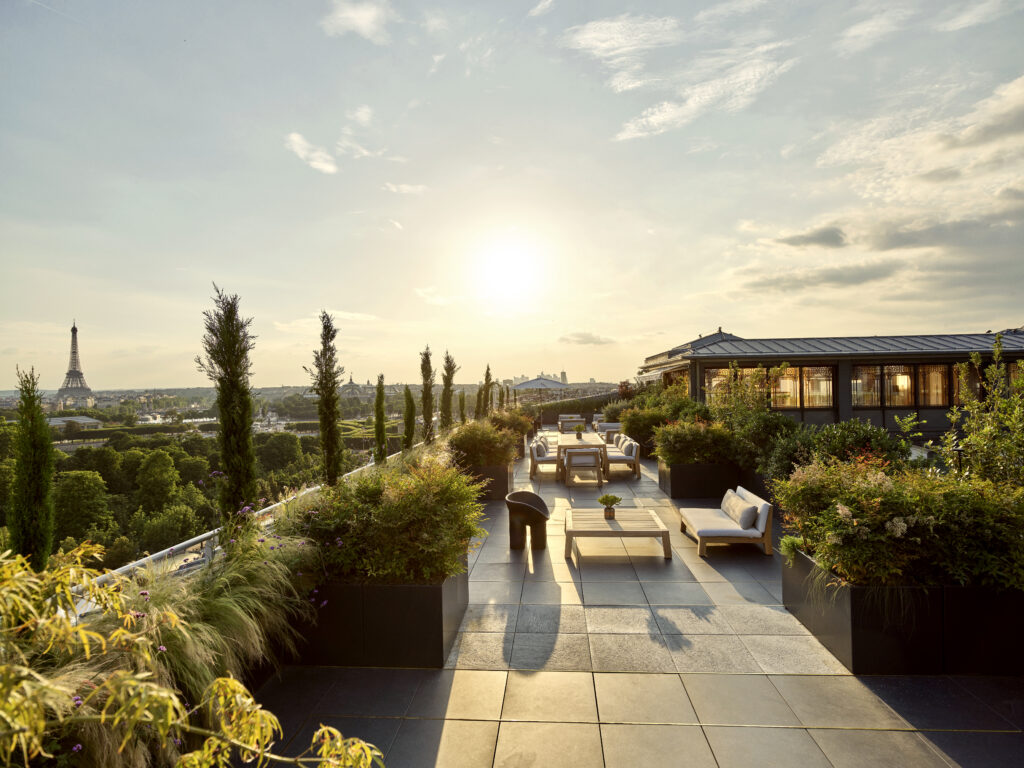
Discover More







